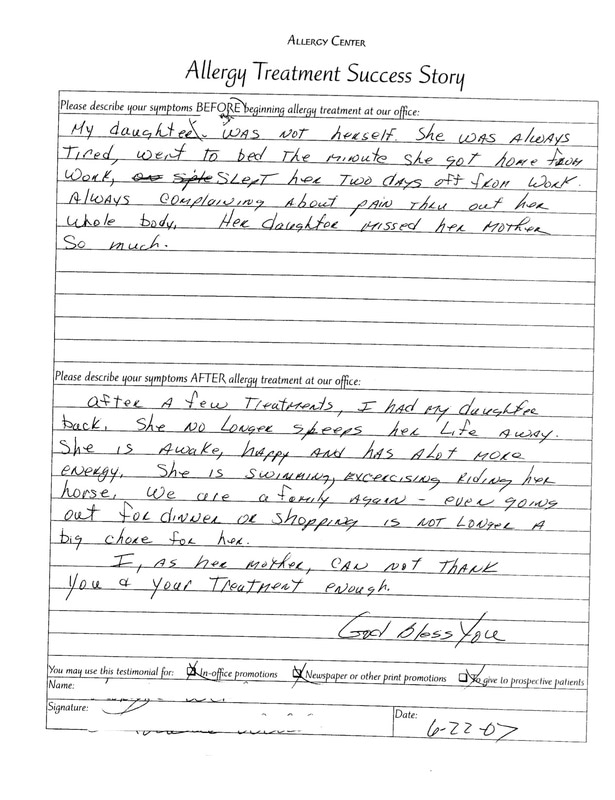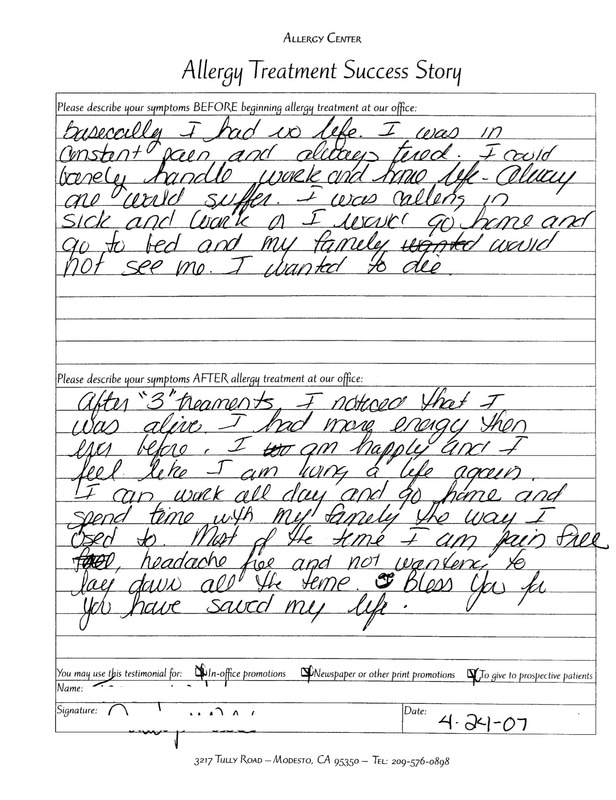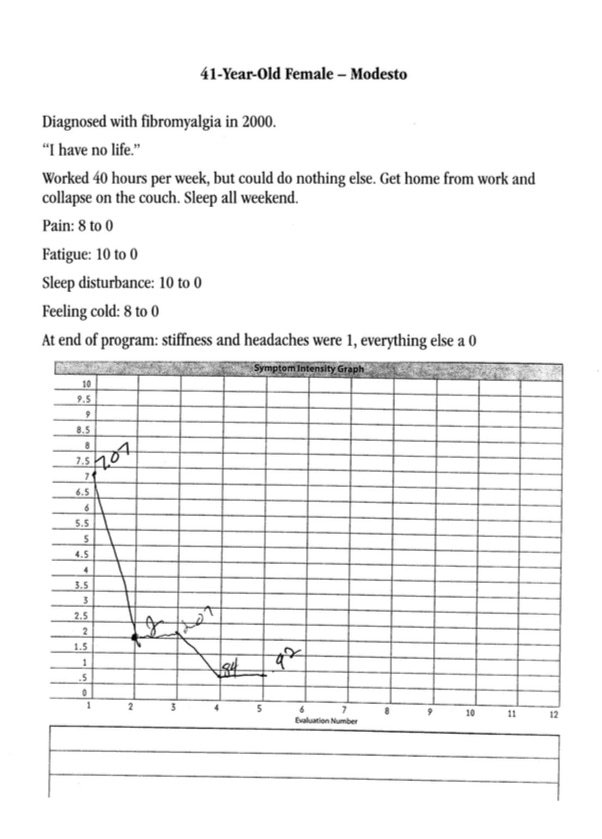|
I’ve had several practitioners in the past few months who’ve told me they only wanted the standard SET-DB™ package, not the SET-DB™ Fibromyalgia. When I asked one why, he replied, “I don’t like treating fibromyalgia patients.” When pressed he said they’re “too grumpy.” I assume the other practitioners reasons for not wanting the fibromyalgia program would be along the same lines.
At first this attitude surprised me because I had such good experiences treating fibromyalgia while in active practice. But the more I thought about it, the clearer it became… …I enjoyed treating fibromyalgia patients because I had something that helped the vast majority of them get their life back. The ones who started out “grumpy” left my treatment program smiling. And it always started after about six treatments. If you don’t have something to offer that really helps them, the case will end in failure, which is frustrating. Frustrating for the practitioner and even more so for the patient. I wouldn’t like that, either. When I think of my grumpy fibromyalgia patients (they didn’t all start like that—maybe only 25%), one face is always the first to pop up in my mind: Jackie (real first name, but I’ll withhold her last name). She used to scare my wife when she started her treatment program. Incidentally, her husband drove her to our office for about the first half of her treatment program. (They lived about 40 miles away.) After that, she was able to drive herself. But I’m getting ahead of myself. Here’s her testimonial: BEFORE Dr. Boothe’s treatment: “I was unable to do hardly anything. I had to give up driving my car. I had to depend on my husband for everything. I spent most of my time at home and I needed a housekeeper to do my work. I had severe stomach problems, couldn’t sleep, was very tired all the time, and was very depressed. I had to have epidural injections in my spine and took pain medication that didn’t help. I couldn’t eat, I spent a lot of time in bed—days at a time.” (Let’s cut these poor people some slack—who wouldn’t be grumpy feeling like that?) AFTER Dr. Boothe’s treatment: “I’m now doing my housework and I’m able to drive! I have good sleep at night. I’m able to eat and I have no stomach problems anymore. I need no more prescription medication for pain and no more epidural injections in my spine. This is the healthiest I’ve felt in years! I feel happy and am enjoying all the things I had to give up. It was all worth the 40 treatments. I have my life back again!” Jackie Xxxxxx, Stockton I don’t have access to her Symptom Intensity Graph so I can’t show it to you or tell you how she rated herself in the top 13 symptoms of fibromyalgia at the start and end of her program. But, do you really need those numbers? Isn’t quality of life more important? I bet you’re wondering why being able to do her own housework was important enough to her to mention in her testimonial. If so, you’re obviously not part of the post-war generation. You and I look forward to not doing our own housework, but her generation took pride in taking care of themselves and their family, which meant doing their own work. If you could have seen Jackie toward the end of her program—driving herself around, free of heavy pain killers and painful injections, eating what she wanted instead of what she could, taking pride in being able to take care of her house again—you’d understand why we looked forward to each and every new fibromyalgia patient we were blessed to help.
0 Comments
This was a fibromyalgia patient of mine from 2007. There's nothing "special" to be learned from this case. I only present it to once again demonstrate how quickly fibromyalgia patients can be feeling better with the SET-DB™ Fibromyalgia Treatment Program, and to lead into a discussion of why I sold the program as a series of treatments instead of allowing patients to pay visit-by-visit. One thing different about this 41-year-old single mother was, she was still able to work full time. She had 2 or 3 kids (remember, this was 10 years ago) and lived with her mother. Speaking of her mother, as I recall she was so happy with her daughter's recovery that she offered to write a testimonial as well. Here are the 2 testimonials: Notice how the patient wrote "I wanted to die." It was obvious she wasn't suicidal, but felt she had very little quality of life. Yes, she was able to work full time, but you and I know that some people can push through pain better than others. And her job was the main source of for the household. Here's her Symptom Intensity Graph: We see here the typical free-fall in the graph from when the patient presented to when they completed their first symptom questionnaire, after their first 6 visits. She went from 7.07 to 2, nearly a 75% drop in her overall symptom pattern (I tracked the top 13 symptoms of fibromyalgia). She ended at .92, an 87% drop in her overall symptom profile.
Now, what might have happened if I didn't sell the treatment program as a package and the patient was paying visit-by-visit? She likely would have dropped out after 6 treatments, or earlier. I can see where some may argue in favor of her stopping the program early. After all, at 6 treatments in her symptoms had dropped 75%. (The FDA approved Lyrica for the treatment of fibromyalgia after a couple of trials where it dropped ONE symptom—pain—by about half that.) It comes down to your treatment philosophy: how well do you want your patients to get? I wanted to help my patients get as well as possible. If you learn one thing from reading Dr. Nambudripad's first book, Say Goodbye to Illness, it should have been ANY sensitivity can cause ANY symptom. I wanted to get rid of as many of my patients' sensitivities as they'd let me. Overall, the people who went through the SET-DB™ Fibromyalgia Treatment Program saw, on average, their symptom profile drop by 67% and 80% of the cases were successful, meaning both the patient and me were happy with their outcome. |
AuthorDr. Teryl Boothe and selected guests. Archives
January 2024
Categories
All
|



 RSS Feed
RSS Feed